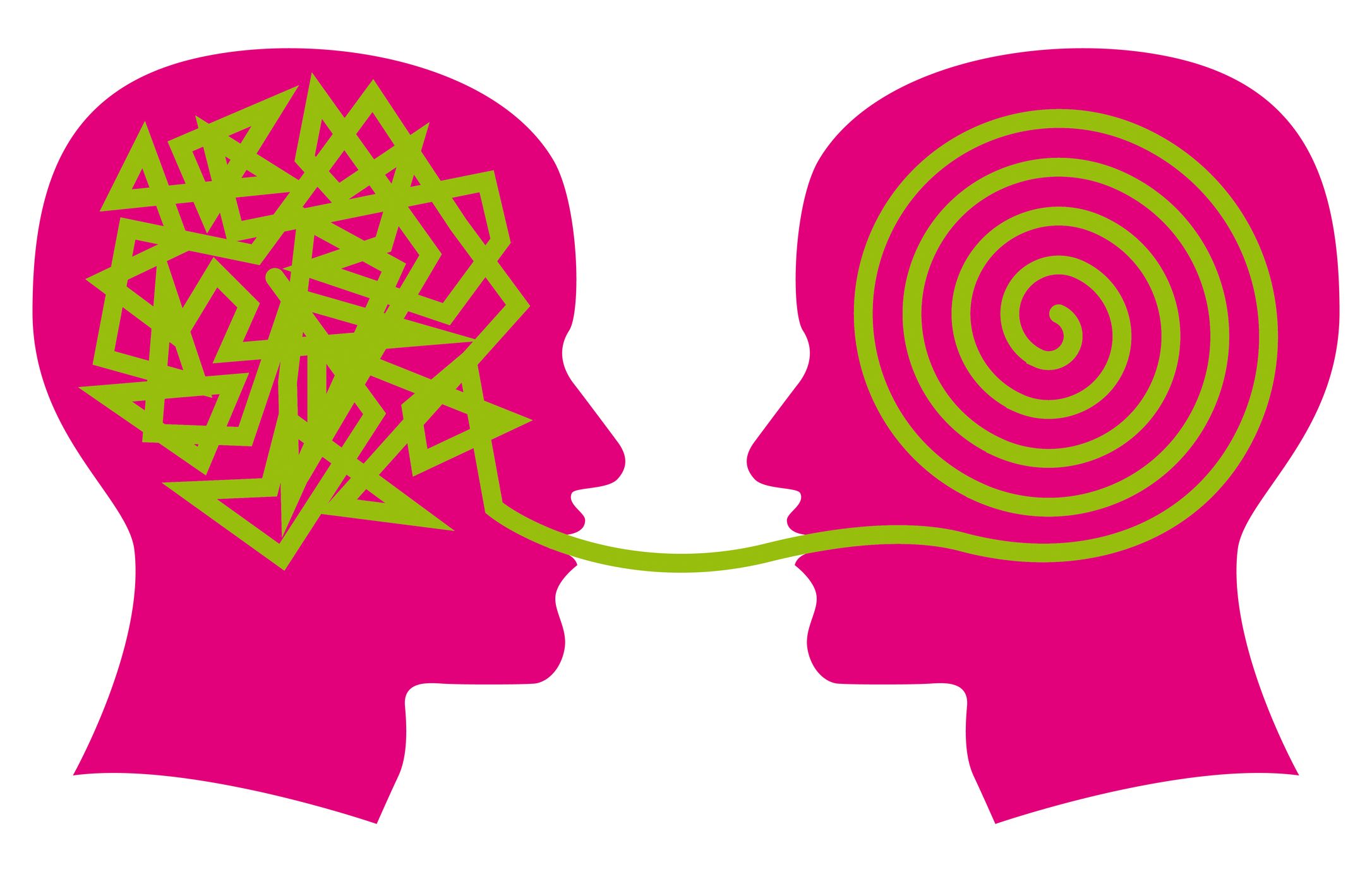As many of us go back to working from home, many of us are possibly facing feelings of anxiety, stress, burnout, and maybe even depression. Of course there are a lot of factors that can contribute to these feelings. Personally, I have been facing some difficulties adjusting to working from home that have affected me mentally. That’s why after hearing a podcast about Cognitive Behavioural Therapy, I decided to do some reading to try and implement it myself. I am reading Theory and Practice of Counselling & Psychotherapy by Dr. Gerald Corey, Lionel J Nicholas, and Umesh Bawa which is a textbook that a friend is using in class for their Bachelor of Psychology. Most of the material in this article will be referencing from the book.
Disclaimer

I would first like to make a disclaimer that this article is written from a personal experience and thus should NOT be taken as means to diagnose yourself with anxiety, depression, or any other mental disorder. Additionally, it is not and should NOT be used as replacement for treatment. If you are facing difficulties and struggles, do seek professional treatment.
Working From Home

Working from home amidst a pandemic has its own challenges both physically and mentally. People around the world are worried about the pandemic, stressed from uncomfortable working environments, isolated from colleagues and friends, as well as struggling with overworking.
Cognitive Behavioural Therapy

Cognitive Behavioural Therapy, also known as CBT, is a method that psychologists use to treat anxiety, OCD, insomnia, and more. It is mainly a talking therapy to help patients mange their problems by changing thought patterns and behaviours.
Essentially, CBT is based on the concept that your thoughts, feelings, physical sensations, and actions are interconnected. Additionally, these negative thoughts and feelings can trap you in a vicious cycle. It aims to help you deal with overwhelming problems in a more positive way by breaking them down into smaller parts.
“It isn’t so much what happens to us but how we think about what has happened to us,” says Kati Morton, a licensed Marriage and Family Therapist.
REBT

One approach under CBT is Albert Ellis’s Rational Emotive Behaviour Therapy (REBT). He describes the concept of REBT as that,
“our emotions are mainly created from our beliefs, which influence the evaluations and interpretations we make and fuel the reactions we have to life situations.”
Behind REBT is the idea that we learn our beliefs during childhood and then reinforce them throughout our lives. This can then influence how we perceive and react to certain situations. For example, a common belief is “I must do well and win the approval of others.” While this sounds like an acceptable belief, it can sometimes be taken to the extreme. Thus it manifests as an irrational belief and leads to unhealthy actions.

In this case, someone might sacrifice their own well being and self-care to try and win the approval for others. This might include taking on more than they can handle or constantly acting in a way they think others will like.
With REBT, there are a number of therapy and counselling methods used including:
- The Disputing Process
- Shame attacking exercises
- Role playing
- Changing one’s language
There are many more methods that focus on helping patients to look at their thoughts and change their reactions. For this article, I will be focusing only on the first two.
The Disputing Process

Working from home, I sometimes think “I need to win the approval of others” and stress about the quality of my work. This occasionally leads to late meals, lack of quality sleep, and more.
The disputing process looks like this:
-
- Discriminate irrational from rational belief
- Detect the irrational beliefs
- Debate dysfunctional beliefs by logically, empirically, and pragmatically questioning them

When you find yourself worrying, you can try sitting down and examining your thoughts. Just like that Spiderman gif, look at yourself and ask a few questions. What are you worried about? Is it rational to be thinking such things? Are your actions based on this belief prioritising your wellbeing? If it is irrational, then question it from all angles. Use the what, why, when, where, who, and how questions to see how you can dispute it.
Shame Attacking Exercises

Although making mistakes are a part of life, sometimes it can feel like the mistake we’ve made is too big. This is when we might feel shame about ourselves and our abilities because we focus on what others think of us. We might think “They probably think that I am incapable of anything” when the truth might be different. In fact, no matter how big your mistake might feel, it is important to remember that it is not the end of the world. While working from home, I sometimes find myself overthinking the mistakes I make.
Shame attacking exercises work by:
“stubbornly refusing to feel ashamed by telling ourselves that it is not catastrophic if someone thinks we are foolish”

There are times we might feel worried about our performance and spiral into self attacking thoughts. By attacking our shame, we encourage ourselves to be more confident. This is not the same as ignoring any thoughts or shame that we feel. Rather, it is about facing these feelings and actively telling ourselves, “No, I am not going to overthink this because it is okay if I make mistakes.” Shame attacking exercises can be applied not just to mistakes, but anything that might make you feel embarrassed. Perhaps you don’t feel confident in certain clothes or in showcasing a hobby of yours.
Inspiration

This article is just to share my findings on Cognitive Behavioural Therapy and how we can implement it in our daily lives. These techniques can also help us in our personal lives as we maneuver through life’s challenges. I use working from home examples because I feel that a number of readers can relate. However, I would also like to highlight that I do enjoy my work and that these are just some challenges I face mentally when working from home.
I am not a psychologist nor do I have any professional experience in this matter. Therefore I would like to remind you once again that this article should NOT be taken as self-diagnosis or treatment. Instead, I want you to take it as inspiration and encouragement to find ways that help you cope with any challenges you face. Cognitive Behavioural Therapy is a good place to start but don’t be afraid to explore more and do your own research to find what works best for you.















